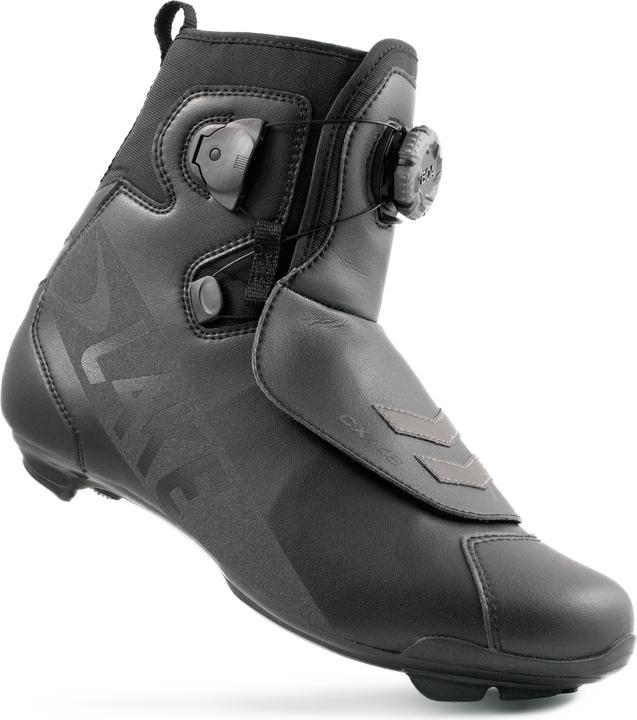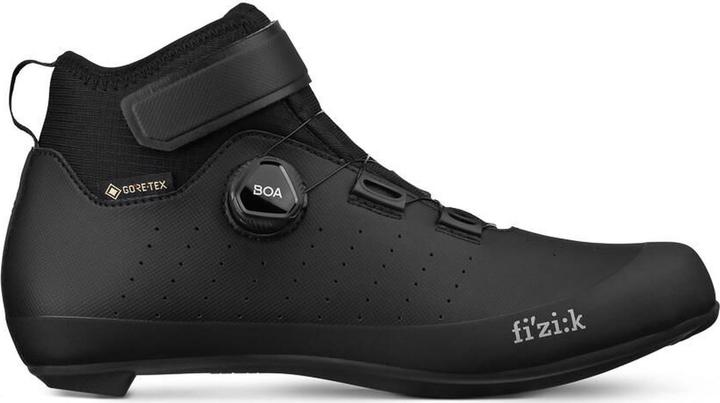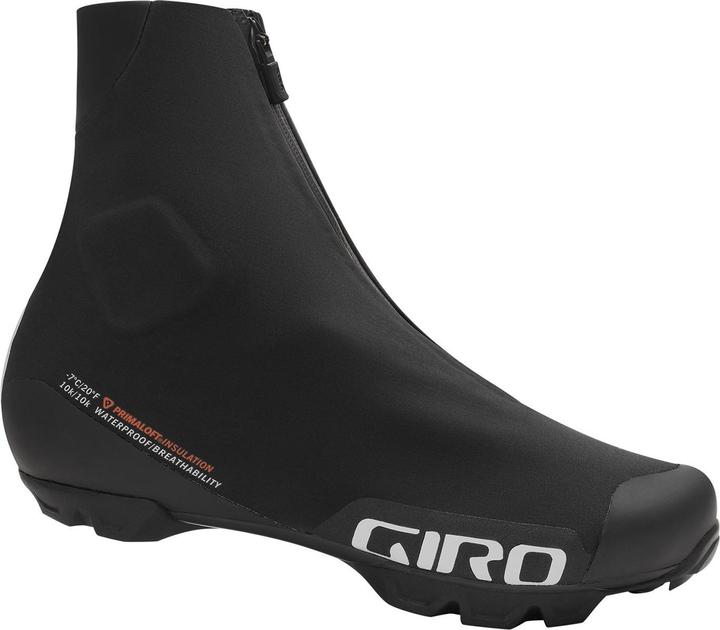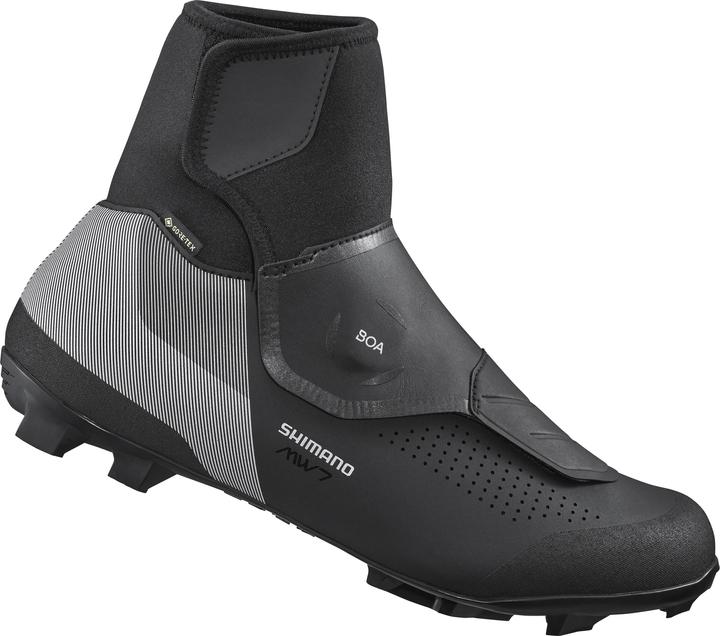
Winter shoes tested in 7
A good winter shoe must fulfil "only" four primary requirements: It must keep you warm and dry - and at the same time be durable, comfortable and robust. Compared to classic overshoes, winter cycling shoes tend to fulfil these requirements. They generally have far fewer weak points. Compared to our last winter shoe comparison test, the current test field has now thinned out somewhat. The number of suppliers offering such models has decreased slightly. However, their potential area of use is large and broad. Winter shoes can be a good investment even at temperatures below ten degrees Celsius. This is because they are warm, durable and, above all, waterproof. The prerequisite: sensible warmth management. This is usually achieved through the use and combination of different materials. These often include a type of fleece padding on the inside and a robust outer fabric combined with a function membrane. Some manufacturers specify the thickness of the material in a similar way to clothing: in the form of a fabric weight. In addition, most models have a padded, close-fitting shaft to keep you warm and prevent cold, dirt and water from penetrating.




